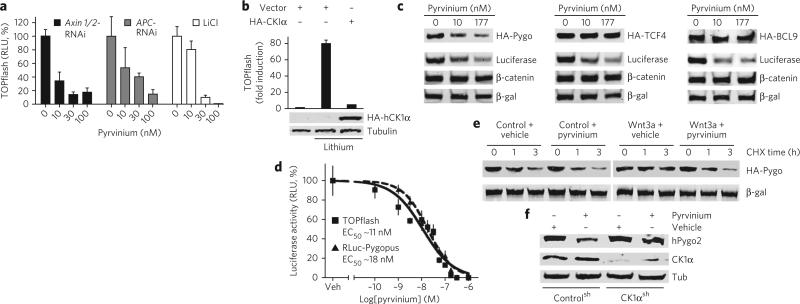Figure 4. Pyrvinium promotes Pygopus degradation.
(a) Pyrvinium inhibits ligand-independent Wnt activation. HEK 293 STF cells were treated with Axin1- and Axin2-siRNA, APC-siRNA or LiCL (50 mM) and then with pyrvinium pamoate. (b) Overexpression of human CK1α inhibits activation of the Wnt pathway by lithium. HEK 293 STF cells were transfected as indicated and treated with pyrvinium pamoate (100 nM) and lithium (50 mM). Lysates were analyzed by TOPflash assay and immunoblotting for HA. Tubulin, control. Graphs for a, b show mean ± s.e.m. of luciferase signal normalized by cell number (performed in quadruplicate). (c) Pyrvinium promotes turnover of Pygopus. HEK 293 STF cells expressing indicated HA fusions were treated with pyrvinium pamoate. LiCL (50 mM) was added to activate Wnt signaling and inhibit β-catenin degradation. Lysates were immunoblotted for HA, luciferase, β-catenin. β-galactosidase, loading control. (d) Pyrvinium inhibits Wnt signaling and promotes Pygopus turnover to a similar degree. HEK 293 STF cells expressing Renilla-luciferase-Pygopus (RLuc-Pygopus) and β-galactosidase were treated with pyrvinium pamoate. Mean ± s.e.m. of Renilla luciferase signal normalized to β-galactosidase is shown (performed in quadruplicate). Veh, vehicle. (e) Pyrvinium reverses Wnt-mediated inhibition of Pygopus degradation. HEK 293 STF cells expressing HA-Pygopus were treated as indicated, and CHX was added at time = 0. Lysates were prepared as indicated and immunoblotted for HA. β-galactosidase, loading control. (f) Downregulating CK1α blocks pyrvinium-stimulated Pygopus turnover. A Jurkat cell line expressing CK1αsh was incubated with pyrvinium pamoate (30 nM), and lysates were immunoblotted for Pygopus. Tubulin, loading control.

